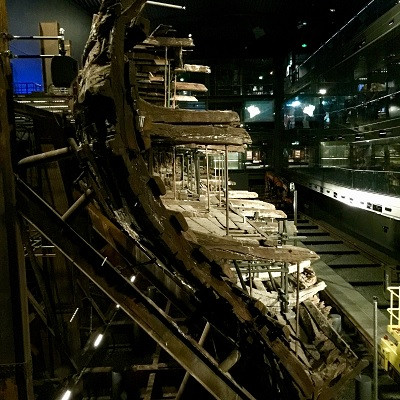
2021-11-07
Visited : 1381
After spending more than four centuries underwater, the ship is vulnerable to degradation as harmful deposits have been collected inside the ship’s wooden hull.
It is renowned as 16th-century British monarch Henry VIII’s favourite warship, but currently Mary Rose is facing an extreme degradation process that endangers its future. However, before history enthusiasts mourn the predicted loss of the coveted heritage monument, they must read what a recent study has suggested. Published in a paper titled ‘Location and characterization of heterogeneous phases within Mary Rose wood’ in the journal Matter earlier this week, scientists have suggested ways in which the remains of medieval British history could be preserved.
The research led by Professor Serena Cussen from the University of Sheffield, United Kingdom, deployed a new x-ray technique available at the European Synchrotron Radiation Facility (ESRF) to stumble upon the presence, location, and structure of nanostructured bacterial byproducts residing within the ship’s wood that could contribute to Mary Rose’s degradation. After spending more than four centuries underwater, the ship is vulnerable to degradation as harmful deposits have been collected inside the ship’s wooden hull. Researchers have mentioned that these deposits originate from the degradation of metal fixtures and artefacts after centuries spent under the seabed and the activity of anaerobic sulfur-reducing bacteria and can lead to the formation of harmful acids.
The study brought together an international team of interdisciplinary researchers from the University of Sheffield, the University of Copenhagen, Columbia University, the ESRF, and the Mary Rose Trust. The team of scientists applied a new x-ray computed tomography method to reveal detailed information about these harmful deposits settled on the ship.
In a statement, Cussen said that with the help of the study scientists can now track potential threats to the wood, which is a vital step in developing conservation strategies. The results of the study have provided scientists with the ability to develop new magnetic nanoparticle-based treatments to target and remove these harmful species from the Mary Rose.
Read the original article on News18.